Of all the specimens in Slater Museum of Natural History in Thompson Hall – birds, bird eggs, plants, skulls, skeletons – perhaps none is as strikingly colorful as the butterfly collection.
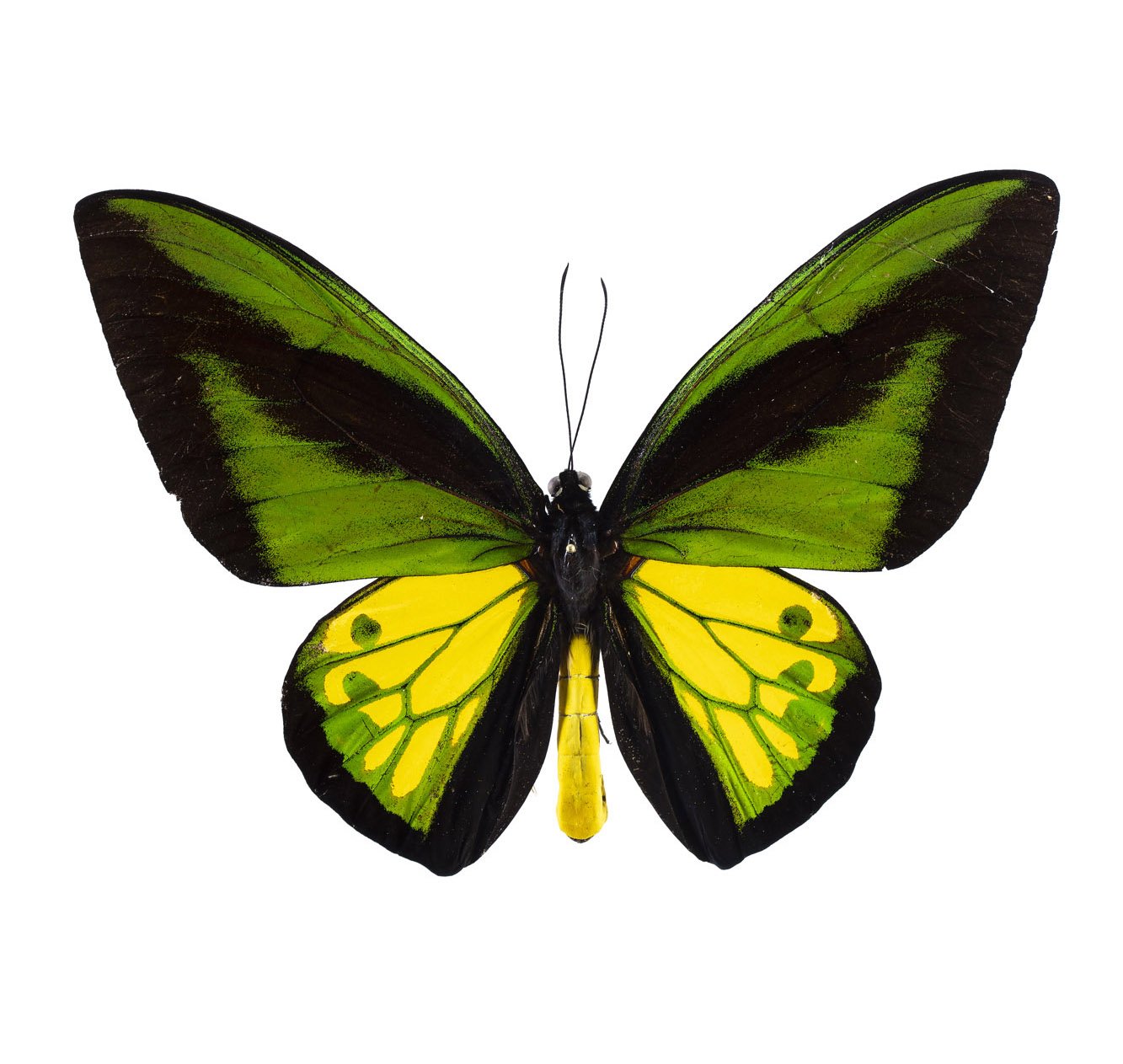
This is the world’s second-largest butterfly – it has a wingspan of nearly 11 inches
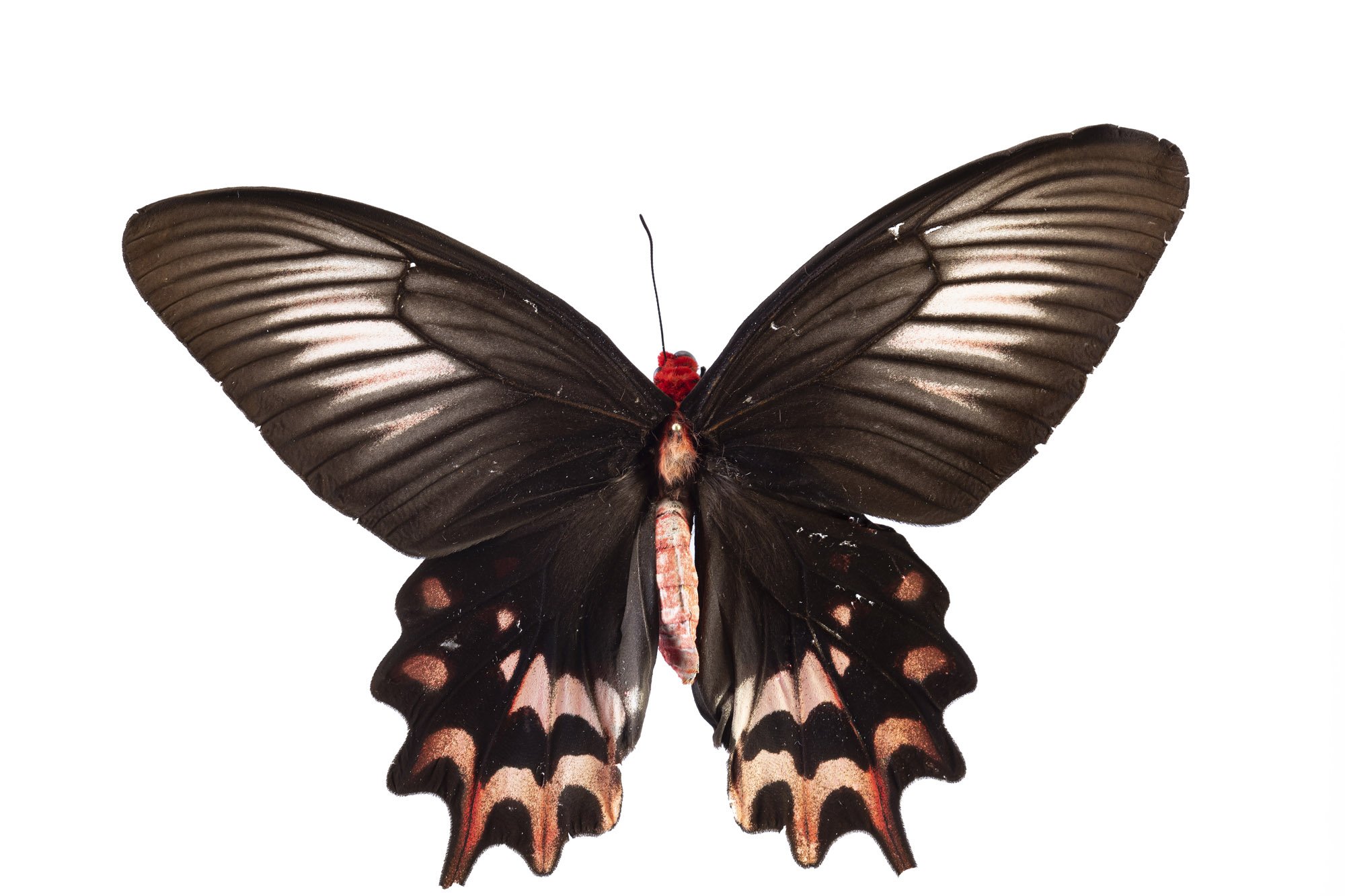
The red body and bright wings are a warning to predators: this butterfly is poisonous.
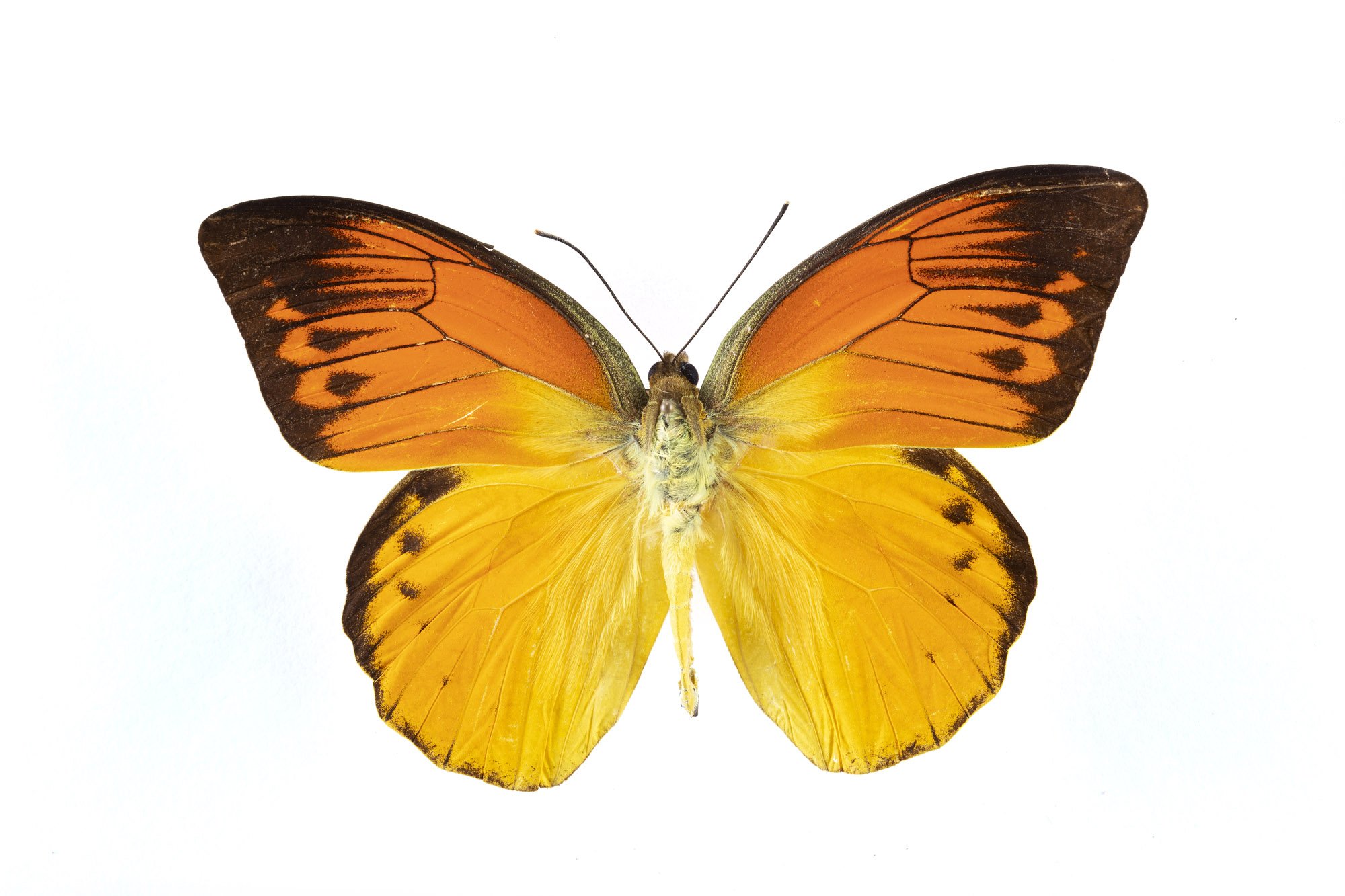
Some of this butterfly’s relatives in the family Pieridae are found in North America.
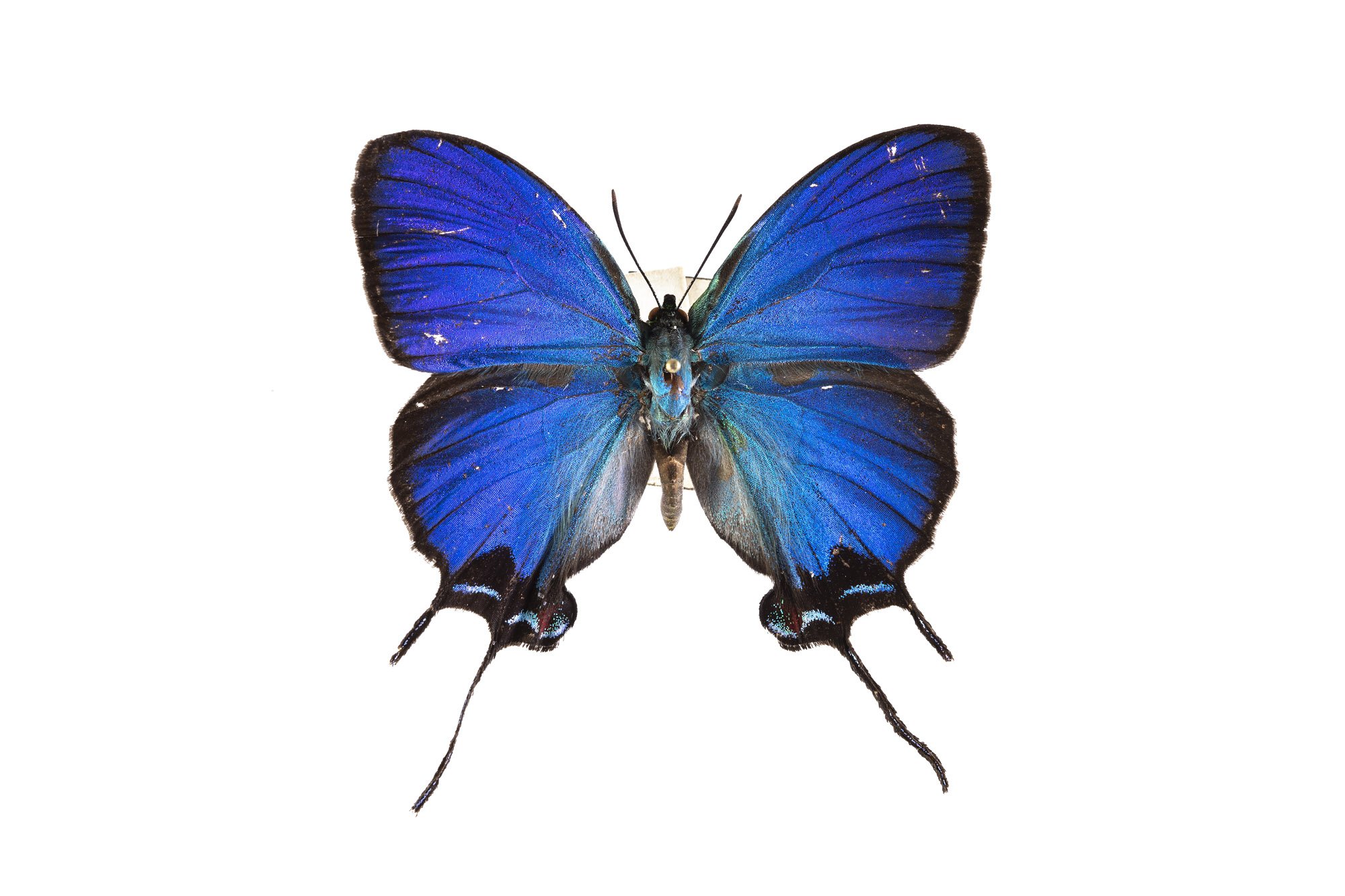
Don’t be fooled by the photo: this butterfly is a mere 2 1/2 inches wide.
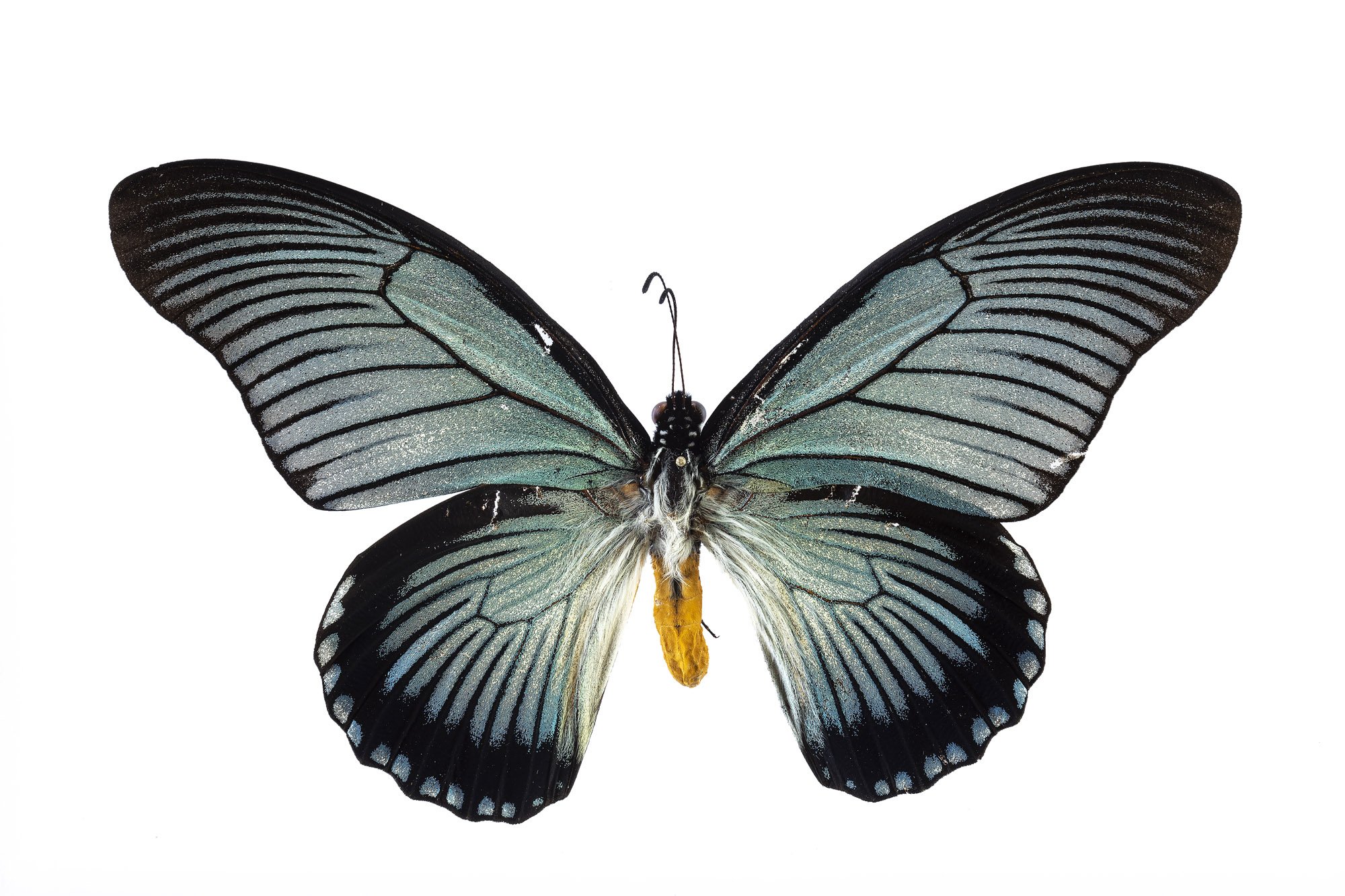
Named for Zalmoxis, a divine being of the ancient people who lived along the Danube River.
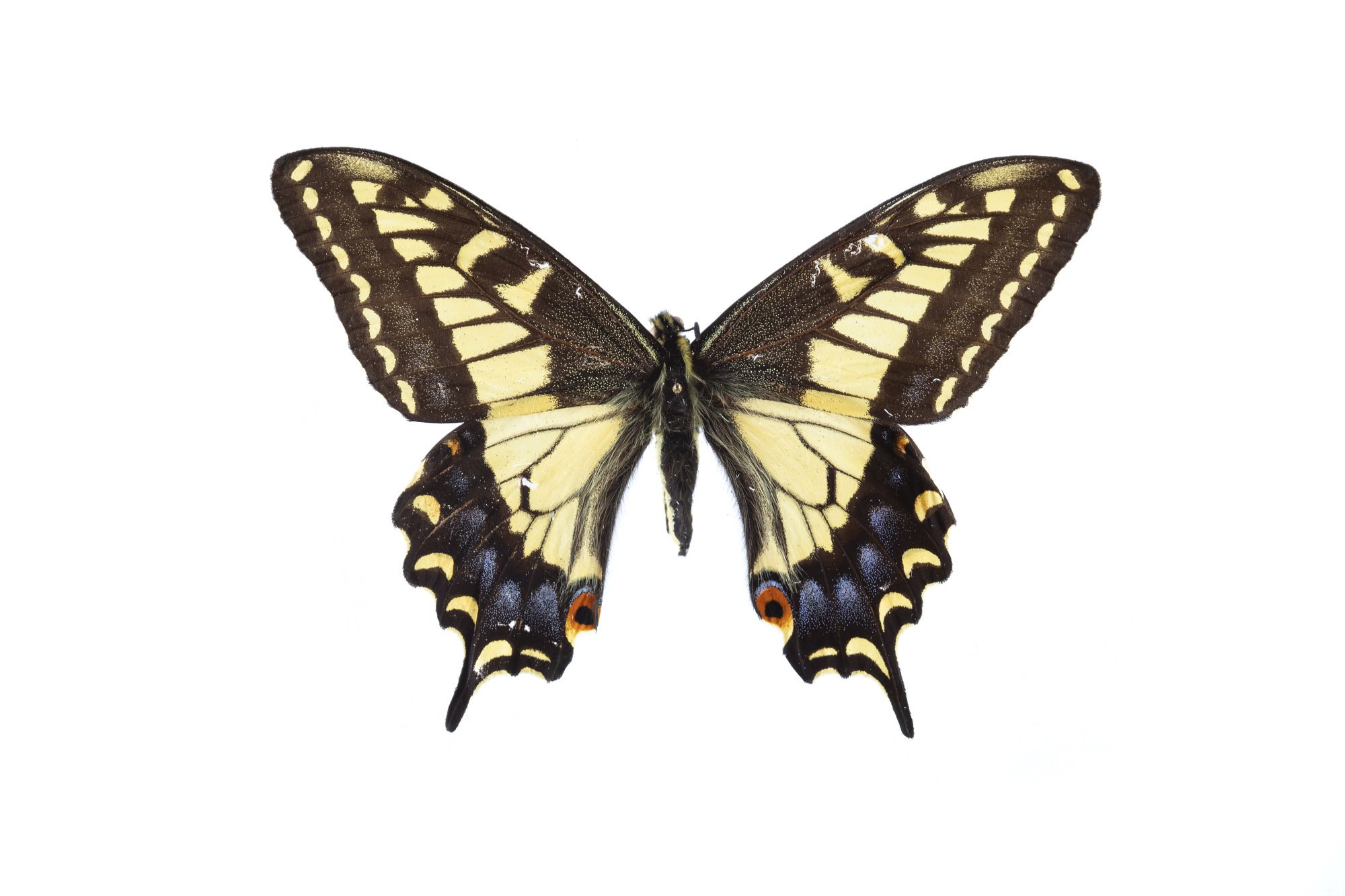
This species has many subspecies, including one found in Washington state whose larvae feed on tarragon, carrot, and parsley.
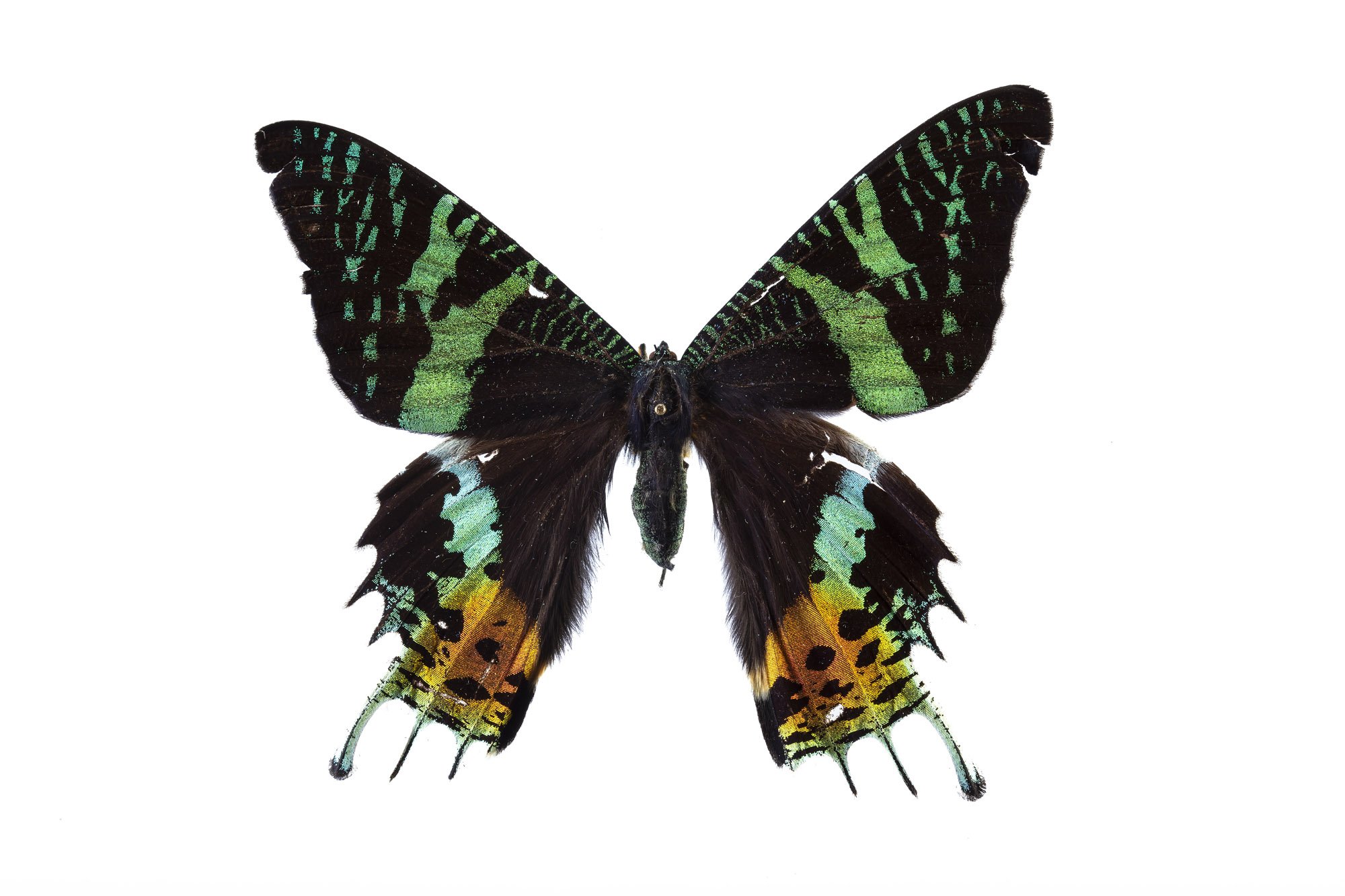
The caterpillars of this species produce a silk that’s psychedelic if consumed by humans.
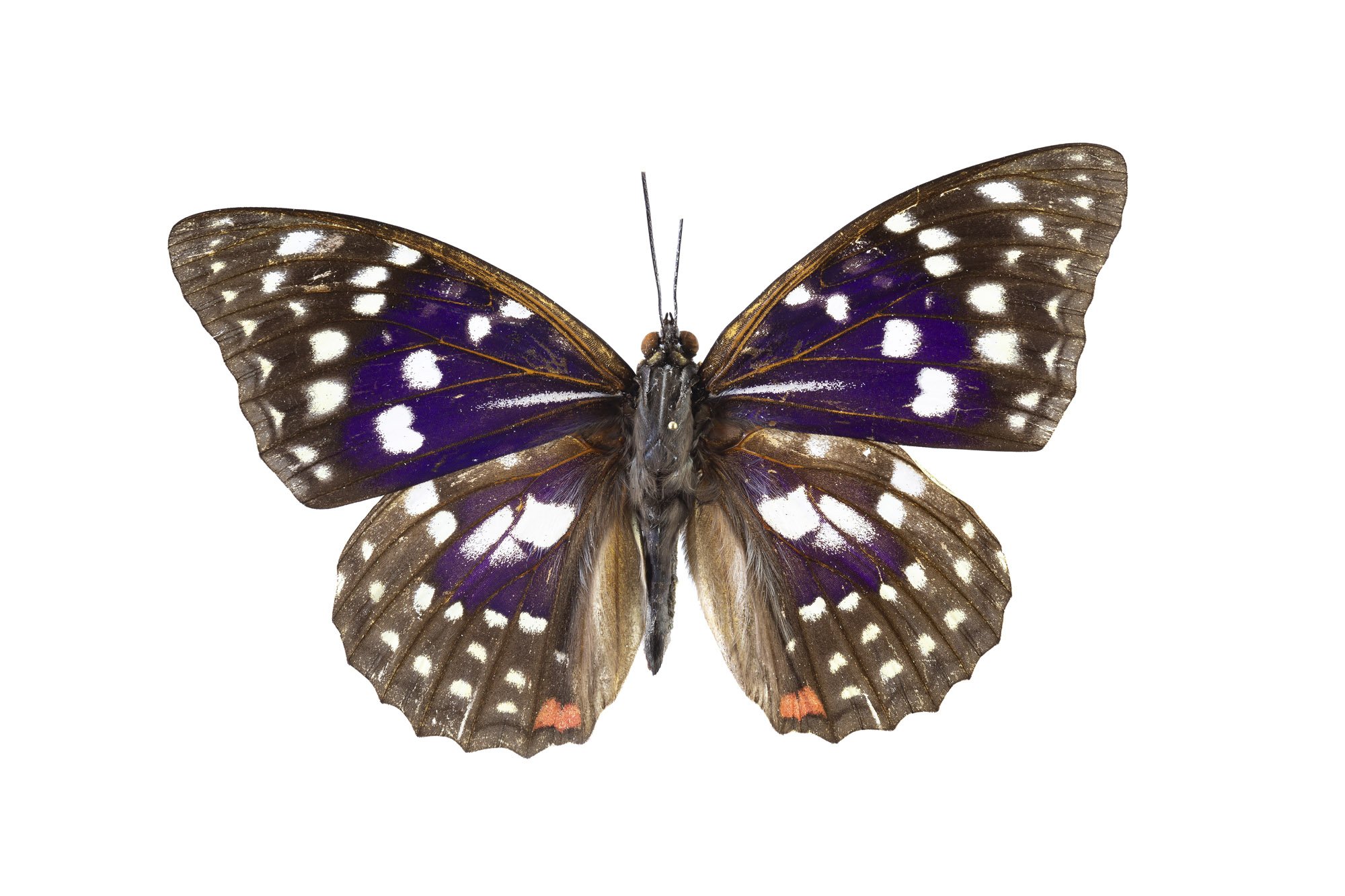
This species is the national butterfly of Japan. It’s also found in Korea, where its name translates to “king five-colored butterfly.”
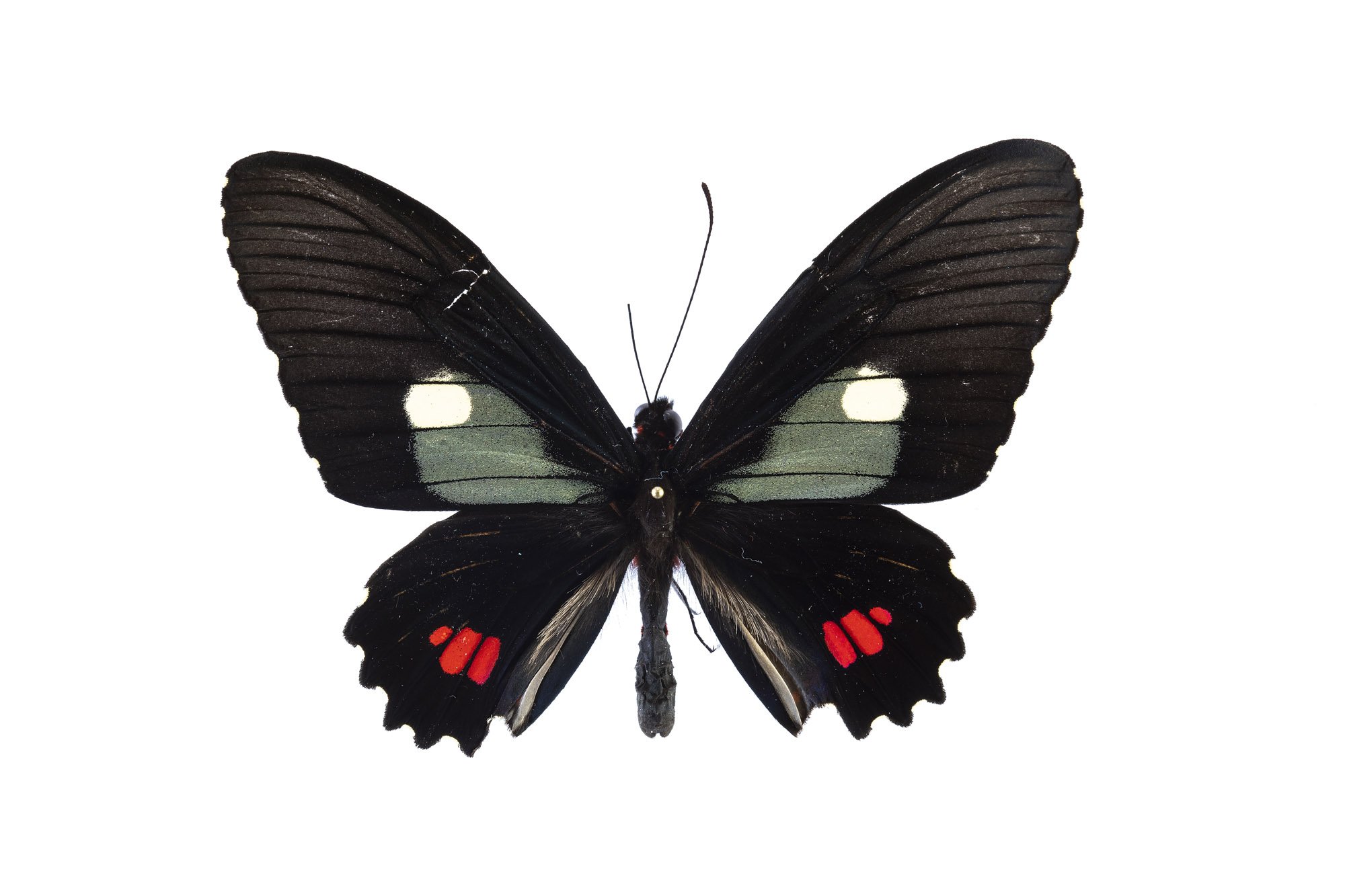
The colors of this poisonous species ward off would-be predators, allowing it to sip nectar from flowers without being disturbed.









